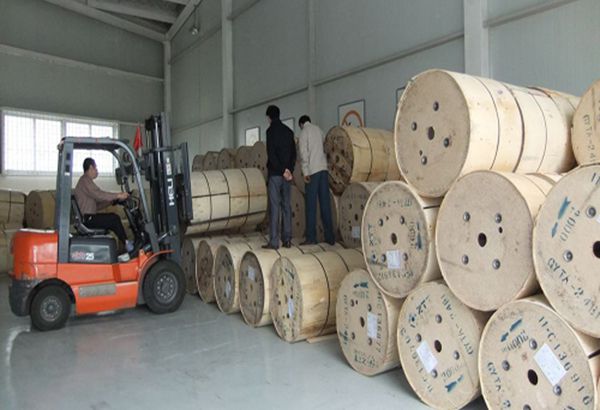Introduction:
Optical fiber cable is a crucial component in modern telecommunications infrastructure. It enables high-speed data transmission over long distances by using pulses of light to carry information. However, the installation process for optical fiber cables can be complex and requires specialized knowledge and equipment. This article aims to provide an in-depth guide on the best practices and considerations for optical fiber cable installation.
Design and Planning:
Before installing optical fiber cable, it is essential to perform a detailed site survey that includes an assessment of the environment, existing infrastructure, and potential obstacles. This survey helps identify any unique requirements or challenges, such as underground utilities, obstructions, or environmental factors.
The design phase typically involves creating a detailed plan that includes the routing of the optical fiber cable, the location of splice points, and the placement of hardware. Careful attention must be given to issues like bend radius, pulling tension, and proper grounding and bonding.
Cable Preparation:
Proper cable preparation is vital to ensure a smooth installation process. Before installing the cable, it should be inspected thoroughly for any damage or defects. Any faulty cables should be replaced before proceeding.
The next step is to prepare the cable for installation by stripping off excess jacketing, preparing the ends for splicing, and testing for continuity. It is also important to ensure that all connectors and other hardware are compatible with the cable being installed.

Cable Installation:
During the installation process, the cable must be handled carefully to avoid any kinks, bends, or sharp turns that could impact its performance. Specialized cable pulling equipment, such as rollers, sheaves, and winches, may be required to ensure that the cable is installed correctly.
In some cases, directional drilling or plowing may be used to install the cable underground, minimizing disruption to the surrounding area. Above ground installations typically involve attaching the cable to utility poles or tower structures.
Testing and Commissioning:
After installation, the optical fiber cable must be tested thoroughly to ensure that it meets the required performance specifications. This testing typically involves using specialized equipment to measure characteristics such as attenuation, return loss, and dispersion.
Once testing is complete, the cable should be commissioned by connecting it to the appropriate network hardware, such as transmitters, multiplexers, or routers. The network should be inspected to ensure that all connections are secure and there is no signal degradation or loss.
Maintenance and Monitoring:
Regular maintenance and monitoring are critical to ensure the continued optimal performance of optical fiber cables. This maintenance can include visual inspections, cleaning of connectors, and testing of signal strength.
Monitoring the network for any irregularities, such as changes in signal strength or communication errors, can help identify potential issues before they become significant problems. It is also essential to have a plan in place for responding to any emergencies, such as cable breaks or loss of connectivity.
Conclusion:
Optical fiber cable installation requires careful consideration and planning to ensure that the cable meets the required performance specifications. Proper design, planning, and preparation of the cable, as well as careful installation, testing, and commissioning, are essential to achieve optimal performance. Regular maintenance and monitoring can help identify potential issues before they become significant problems and ensure the continued reliability of the network. By following best practices and addressing potential challenges early on, optical fiber cable installation can provide high-speed and reliable data transmission over long distances.



